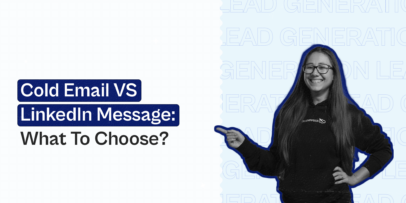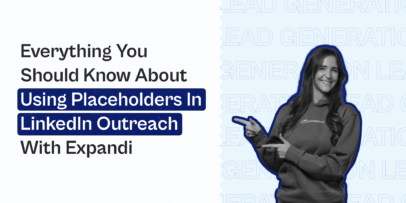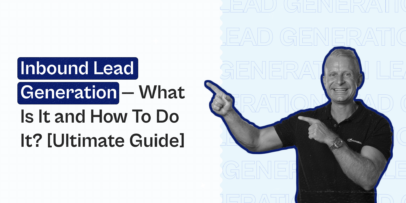Lead Generation Automation — How To Put Your Lead Gen on Autopilot [Actionable Step-By-Step Process and Takeaways]
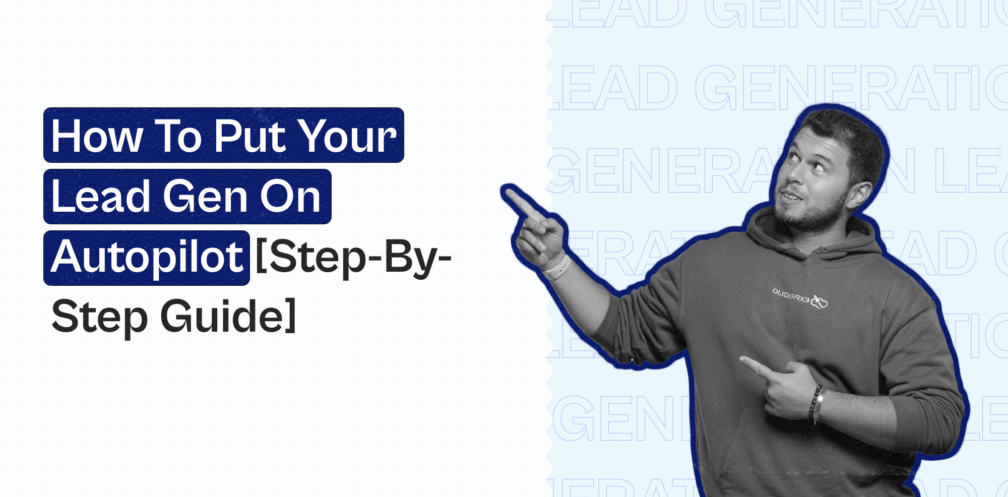
Tell me you’re not overly familiar with this scenario: you try a new manual lead generation tactic, and just when being about to give up, find a lead. Then, you pour all your effort into this lead, and they ghost you.
Now, you’ve wasted limited time and resources and need to start the whole process again.
Frustrating right?
Thankfully, there’s a better way. Lead generation automation allows help you passively attracting leads, so you can dedicate your precious time to revenue-generating activities like lead nurturing or selling.
This article will cover how to put your lead generation efforts on autopilot. Here’s a quick summary:
TL;DR:
- Lead generation automation can help you save time, improve your customers’ buyer journey, increase lead collection output, and spend more time with qualified leads.
- We recommend these four automation strategies:
- Automate lead prospecting on social media
- Use an automated sales sequence to get leads from a lead magnet
- Automate LinkedIn outreach
- Run automated webinars
- When investing in automated lead generation, follow these best practices:
- Invest in high-quality toolsTrack your success with Key Performance Indicators (KPIs)Plan your automation strategy carefully Select sales channels your audience uses
And here’s a table of content, so you can navigate this article with ease:
Benefits of lead generation automation
Automating your lead generation can help you to:
- Save time.
Your sales and marketing teams will need to invest a few hours into setting up automation. But then, after it’s up and running, your strategies will only require occasional maintenance and management.
Thus, you’ll save hours and hours of company time that would have otherwise been spent on manually finding leads.
- Improve your customers’ buyer journeys.
Automation will make your customers’ buyer journeys smoother and more seamless.
Automating your strategies also allows you to incorporate an omnichannel approach. And, you can integrate personalization and consistency across all channels — something 87% of consumers want.
- Get an edge over the competition.
Research on nearly 400 salespeople from Sales Insights Lab shows that 61% of salespeople think sales is now harder than it was five years ago. Fifty-four percent also think getting in front of prospects is harder than it used to be.
Automating lead generation will give you a leg up over your competitors, helping you thrive in today’s cut-throat sales environment.
- Spend more time with the most qualified leads.
As automation takes a lot of the sales grunt work off your plate, you can dedicate more time to nurturing Sales Qualified Leads (SQLs) and leads who match your Ideal Customer Profile (ICP).
Investing in these leads will increase your sales and revenue.
- Replace strategies that aren’t working.
Fifty years ago, many companies had to stick with sales and marketing channels that underperformed because there was no viable alternative.
Nowadays, there are dozens and dozens of sales channels available in the information age, so if a particular lead conversion strategy isn’t working for you, you can simply switch.
4 strategies you can use to automate lead generation
Now that you know why lead generation automation is important, here are four automation strategies to try:
#1. Automate lead prospecting on social media
Sales Insights Lab’s research found that 77.3% of respondents got at least 25% of their leads from their company. This tells us that sales prospecting isn’t something most salespeople are excited to do.
Enter automation. Automation handles the process of generating leads for you.
How?
Here are three actionable strategies to try:
- Scrape industry Facebook groups.
Industry Facebook groups are incredibly niche, so they are filled with potential leads.
To catalog these leads and turn them into Marketing Qualified Leads (MQLs) and SQLs, find a Facebook group to focus on and join it. Then, get an automation tool like TexAu’s extractor or Expandi and scrape the member list. This will give you a list of names.
Using these names, you can use a LinkedIn profile URL finder to match the user to their LinkedIn profile.
When Expandi’s Stefan Smulders used this strategy, he landed 42 demo bookings.
- Scrape LinkedIn events.
LinkedIn events are a fantastic way to find leads who match your ICP.
To catalog these members, find an event (past or future) with many members of your ICP and press “attend event”. Then, open Expandi and follow these steps:
Step 1. Click “new search”.

Step 2. Enter the URL of the event in the “event search” section.
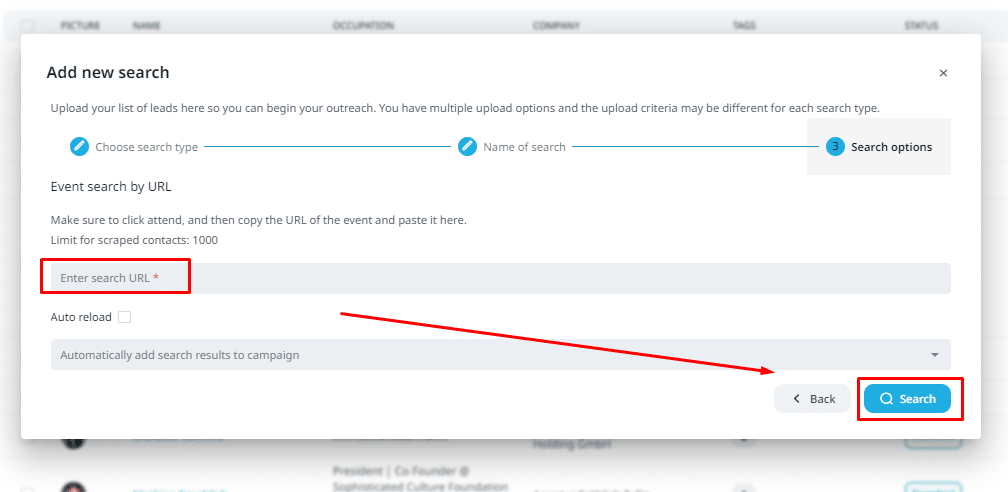
Step 3. Add a campaign to add the event attendees to.
Step 4. Click “search”.
Expandi will scrape the event attendees list automatically.
To learn how Expandi achieved a 55% acceptance rate and a 66% reply rate with this strategy, read our Scrape LinkedIn Events for Precise Lead Generation and Outreach post.
- Scape competitors’ Twitter follower lists.
Competitors’ follower lists are another great source of contacts.
To scrape a follow list on Twitter, use TexAu to extract the follower list to a CSV spreadsheet file. Then, use a LinkedIn profile matching tool to find their profiles.
You can then use Expandi for outreach (more on this later!).
#2. Leverage lead magnets with an automated sales sequence
Lead magnets, free items or services that you give leads in exchange for their contact information, are tried-and-true ways to generate leads.
And when you use lead magnets in conjunction with an automated sales sequence, they are effective and fast.
If you’re unfamiliar with the term, automated sales sequences are automated processes your lead outreach software follows once a lead completes a certain action.
For example, here’s a sales sequence from Expandi’s Smart Sequence tool:
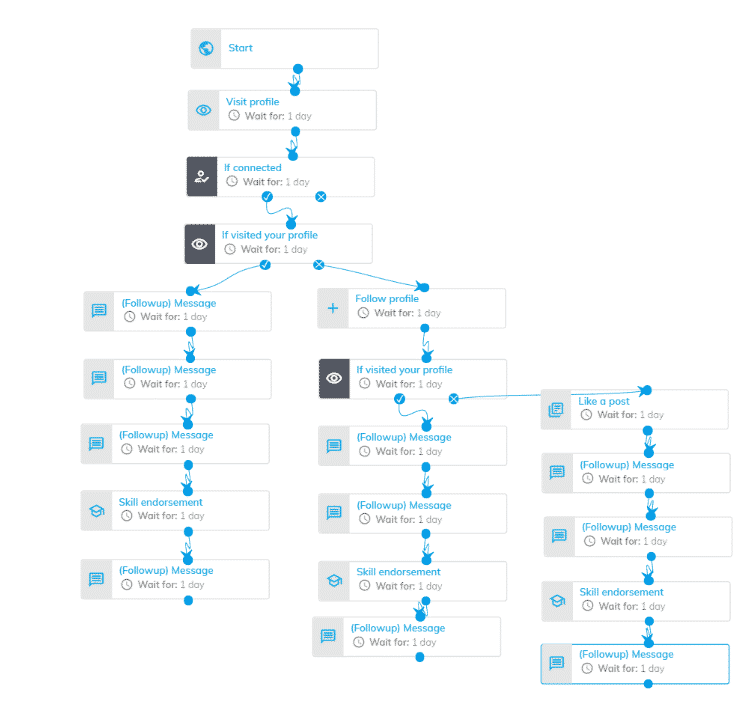
To leverage a sales sequence with your lead magnet, follow these steps:
Step 1. Develop a lead magnet.
Craft a lead magnet. It could be any one of these things:
- An eBook
- A free trial for your service
- A whitepaper or report
- A webinar
- A template or worksheet
- A course
- A cheat sheet
- An app
- A generator or web tool
For example, MECLABS offers the free course “Become a Marketer-Philosopher”:
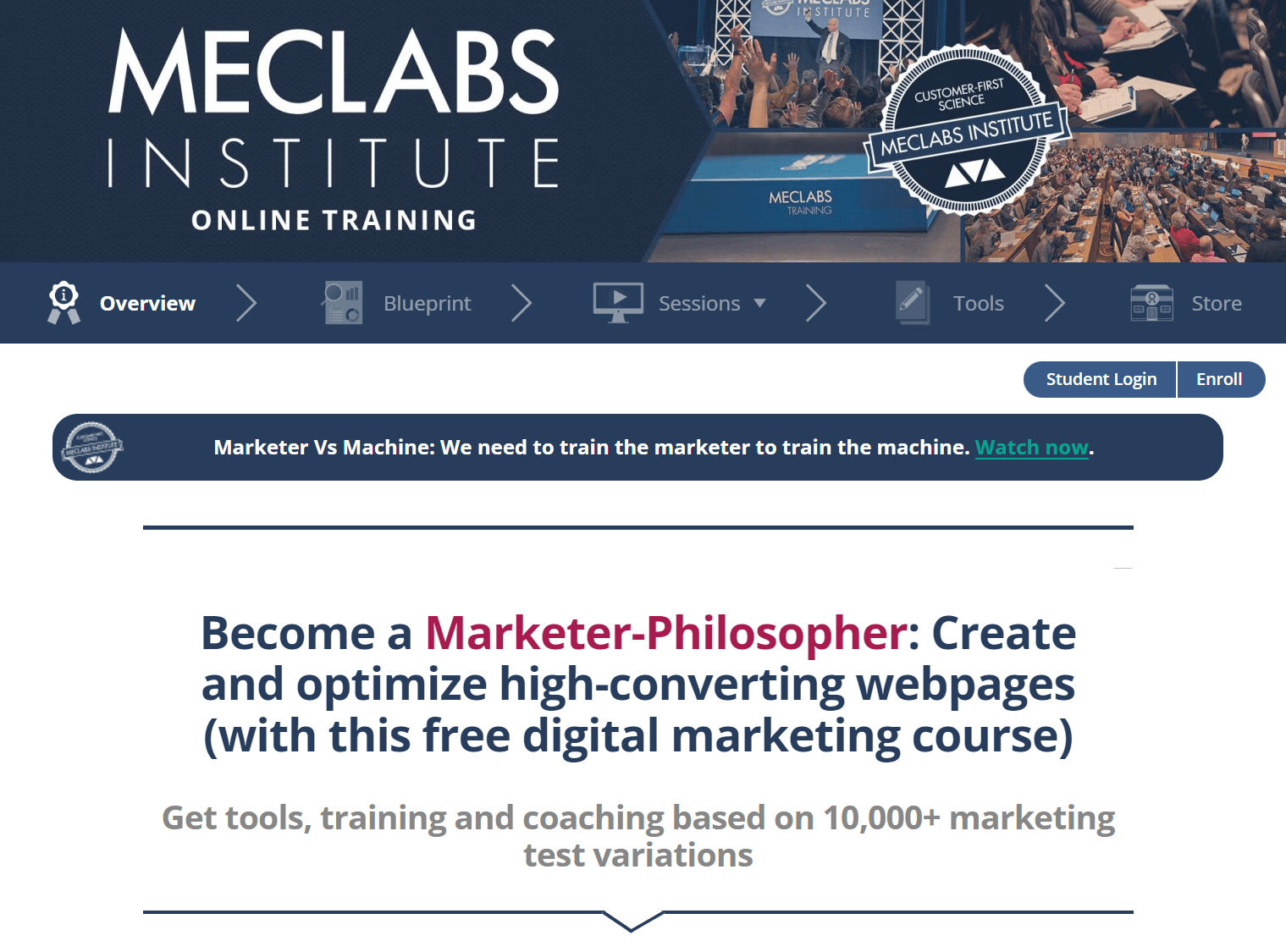
While Airtable offers Airtable base templates like this product roadmap:
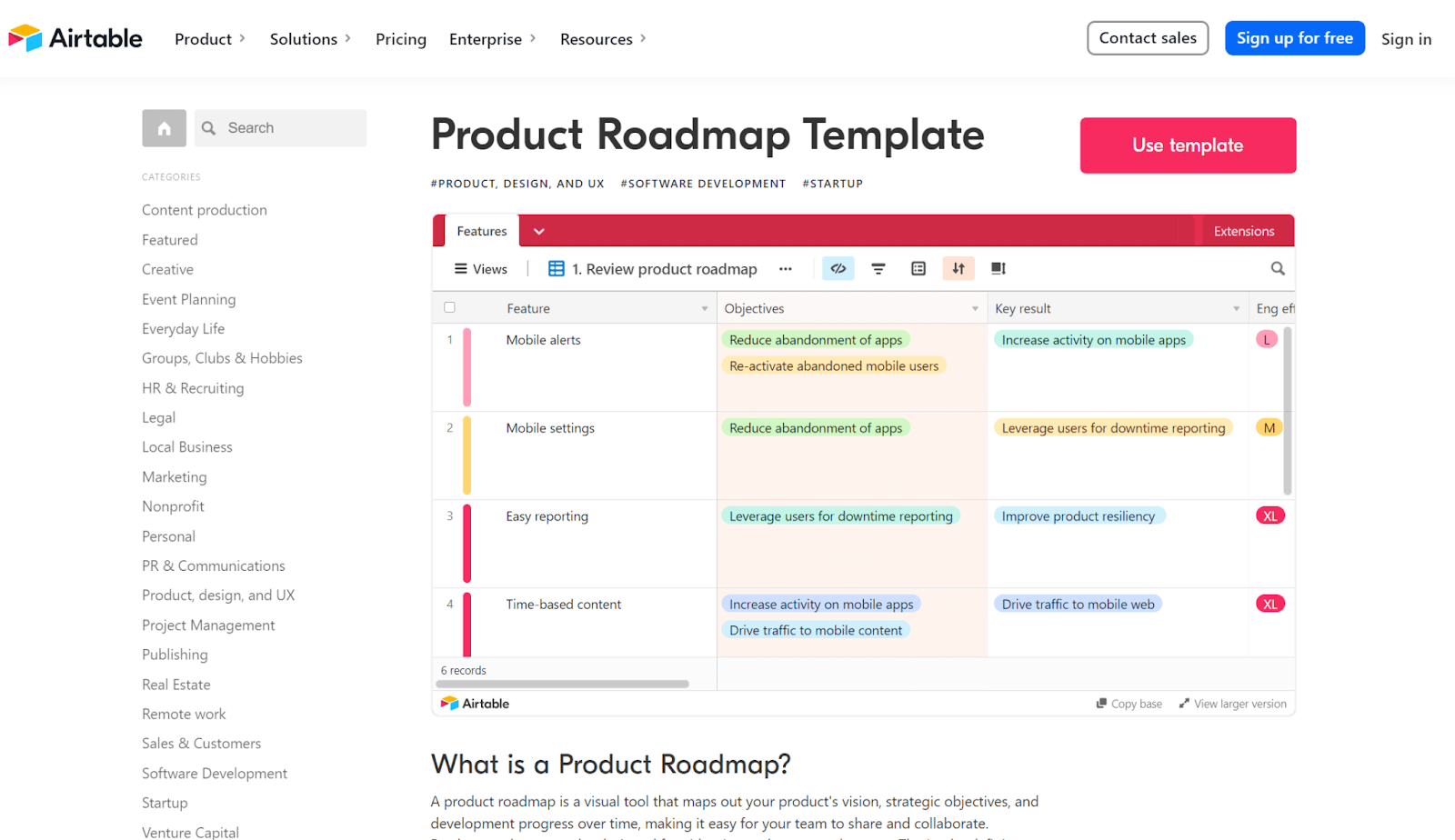
The best lead magnets are easy to digest, provide the value leads can’t find elsewhere, demonstrate your expertise, are specific, and solve a problem for leads.
Step 2. Set up your lead magnet form and sales sequence.
Use your email marketing or outreach tool to create a lead magnet form.
This form should, at a minimum, capture leads’ names and email addresses. But we also recommend asking for a link to leads’ LinkedIn profiles (as you can use this information to start cold outreach).
Then, download your contact list from your email marketing tool and prepare it for cold outreach (including adding LinkedIn profiles using TexAu). Upload your contacts list to Expandi.
Once you’ve done this, design your sales sequence. Here’s how to do this in Expandi:
- Start a new campaign and click “steps”.
- Drag and drop the actions you want to include in your sales sequence.
- Connect each action, add a time delay, and add the body of the message where applicable.
- Review your sequence and adjust as needed.
Expandi gives you nine potential options for your sales sequence:
- Visit profile
- Follow profile
- Follow company
- Skill endorsement
- Connection request
- (Followup) message
- Open InMail
- Like a post
Step 3. Promote your lead magnet.
Actively market your lead magnet so that you get plenty of leads from it. Here are some strategies to try:
- Social media posts
- Website pop-ups and banners
- Paid-Per-Click (PPC) ads
- Blog posts
- A dedicated landing page
Step 4. Evaluate and adjust.
Assess the success of your outreach campaign and make adjustments where necessary.
#3. Automate LinkedIn outreach with Expandi
LinkedIn currently has 850 million users from 200+ countries. It is also arguably the best social media platform for B2B marketing — 80% of B2B marketing leads from social media come from there.
However, outreach on LinkedIn has its challenges.
For one, you can only send 80–100 connection requests per week. And you can only take 250 LinkedIn actions per day (including message requests).
If you send too many connection requests too quickly or your connection requests come off as “spammy,” your account can be restricted.
And standing out in a crowded inbox is tricky and time-consuming.
Many salespeople solve these challenges by using an automated LinkedIn outreach tool like Expandi to reach potential leads.
To run an outreach campaign in Expandi, open Expandi and follow these steps:
Step 1. Press “add campaign”.
Then, select the type of the campaign you want.

Give your campaign a name.
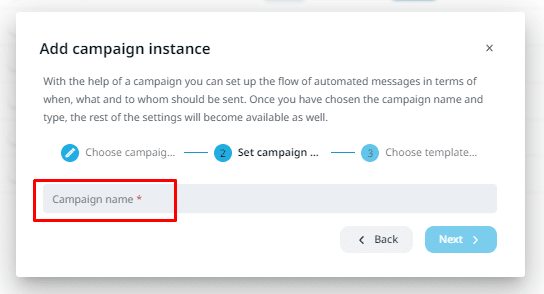
And select the template you want to use.
Step 2. Add people to your campaign.
Press “people” and select the people you want to target. If you scraped a Facebook group or LinkedIn event like we mentioned earlier, select the list you created.
Or, if you haven’t got a list, choose from “add new search” or “import CSV”.

If you select “import CSV”, Expandi will prompt you to upload a CSV file.
If you select “add new search”, Expandi will help you scrape LinkedIn users from a URL of your choice.
Step 3. Add steps to your campaign.
Go to “steps” and add messages to your campaign.
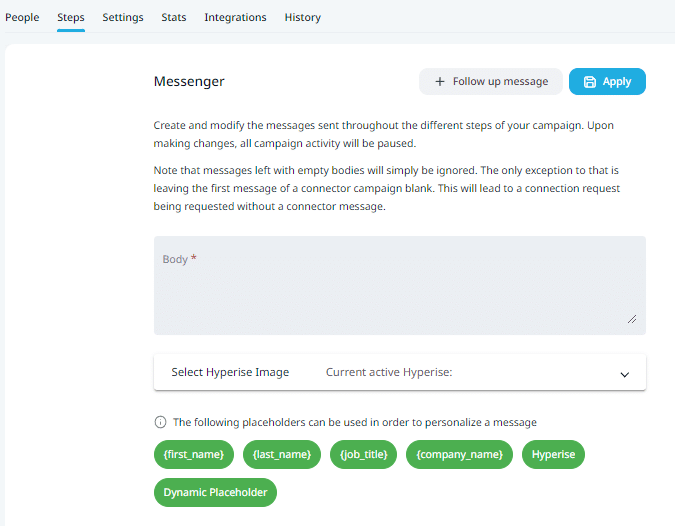
Make sure you select “apply” to save your work.
As every message is unique, we can’t tell you what to include. But you can read our Try 10+ Best LinkedIn Connection Message Templates with Expandi blog post for inspiration.
Step 4. Execute your campaign.
Ensure your campaign is ready to go. Then, go to “settings” and select your campaign limit.
Next, select “start immediately” or select a time and date to start your campaign.
Then, click “status” to activate your campaign. Once it is activated, the campaign will turn blue. Your campaign will begin within 45 minutes of your expected start time.
For tips on running a LinkedIn outreach campaign, read our LinkedIn Outreach Beginners Guide: 7 Essential Rules blog post.
#4. Run automated webinars
Webinars are a fantastic way to provide value to leads and position yourself as an expert in your field (something research shows 51% of top sales performers are).
However, running webinars can be time-consuming, so try automating them instead.
First, film and produce a webinar you know leads will love.
Then, upload this webinar onto a hosting platform like WebinarNinja, WorkCast, Demio, or LiveWebinar. You could also upload it onto LinkedIn.
Next, build a webinar funnel by adding a Call To Action (CTA) to your webinar that tells leads to book a demo call. You should also set up a follow-up message that leads will receive 1–2 hours after they have opened the webinar link.
And that’s it.
When implemented effectively, this webinar funnel will passively channel leads to you.
Lead generation automation best practices
Lead generation automation can yield fantastic results, but success is never guaranteed.
Before we finish this article, we’ll quickly cover some best practices you can employ to increase your chances of success with lead generation automation.
These practices are:
- Invest in high-quality tools.
There are many fantastic lead generation tools available and also a lot of average ones on the market.
Using the wrong tool can slow you down, impede your lead generation activities, and reduce your chances of success. So, shop around and invest in a high-quality instrument that’s suited to your needs.
Here are some characteristics of high-quality tools:
- They have an API and integrations (especially integrations with your CRM)
- They have a smooth UX
- They help you track the success of your lead generation campaigns
- They integrate into your workflow smoothly
- They provide great customer support
- They are maintained and updated regularly
- They are made for marketing and sales professionals
- Track your success with KPIs.
Key Performance Indicators (KPIs) can help you identify if your strategy is successful, compare your performance, and prove the value of your lead generation efforts to others.
Read this article to learn about the KPIs we recommend for lead generation.
- Plan your automation strategy carefully.
Don’t just dive in! Plan your approach and be methodical when designing your automation strategy.
- Choose sales channels that align with your audience.
With a user base of 655.9 million users, you might think TikTok is a one-way ticket to success. However, a makeup brand targeting Generation Z will likely be more successful on TikTok than a company selling life insurance.
TikTok isn’t right for every brand — and this is true for all sales channels.
Don’t select a sales channel because it’s trendy. Select the channels your audience uses regularly.
Final thoughts: lead generation automation
Research shows that only 24.3% of salespeople exceeded their quota last year. Sales can be a tough job. But lead generation automation can help.
If you’re interested in automating your lead generation activities, we recommend these strategies:
- Lead prospecting on social media
- Using an automated sales sequence with a lead magnet
- Automating LinkedIn outreach
- Running automated webinars
And if you’re choosing a LinkedIn strategy, use Expandi.
Expandi helps you skyrocket your LinkedIn game. It takes 15 minutes to set up, and you can see results in 24 hours.
You’ve made it all the way down here, take the final step
